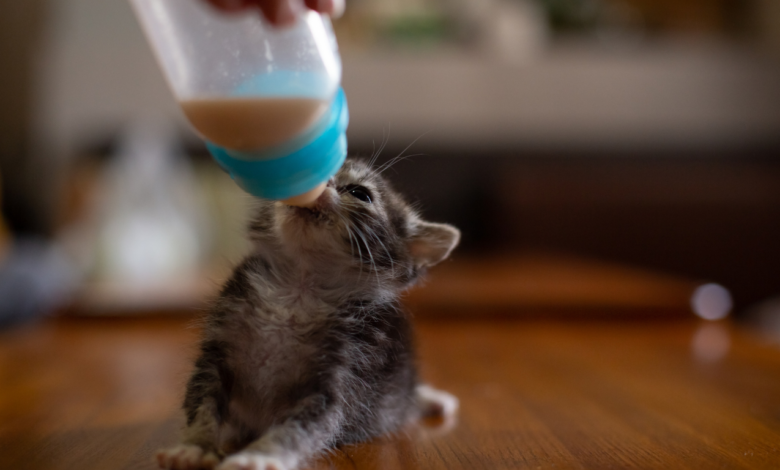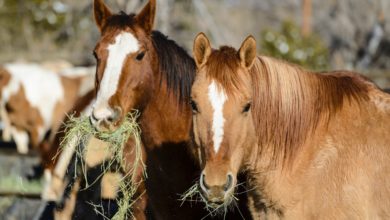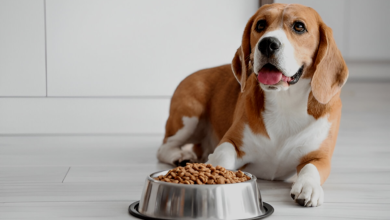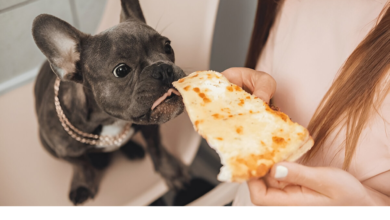
Feeding Kittens: Everything You Need To Know [Ultimate Guide 2023]
Finding new homes takes about 6 to 8 weeks for most kittens. Most of the time, they are already eating solid food and no longer need their mother. When you feed kittens, you should ensure they get all the necessary vitamins, minerals, and proteins.
In this article, you will learn about feeding kittens, how much to give them, and what they should eat as they mature.
What to Feed Kittens
Your kitten’s needs will differ from the food your grown cat needs. For a baby to stay healthy and strong, their food should usually have:
- Higher protein levels
- More calories per cup
- Higher amounts of certain nutrients (like calcium)
During the Central Veterinary Conference 2013 in Kansas City, Margie Scherk, DVM, DABVP, of Ottawa, ON, Canada, discussed this in greater detail: “For growth, young cats require more calcium and phosphorus, as well as a higher percentage of protein that comes from animals.”
As your cat will likely have a lot of energy and like to play rough, their food will need to support their body as they burn calories playing.
Feeding Kittens: Wet Food Vs Dry Food
Wet and dry kitten food is easy to find, each with pros and cons. To determine the best choice for your baby, talk to your vet and ask what they think. Here are some good and bad things about each:
- Because it has more water, wet cat food can help kittens stay hydrated, keep their urine tracts clean, and keep their kidneys healthy. Cats can get oral disease and painful cavities from wet food because it tends to stick to their teeth more.
- It’s easier to feed dry cat food to homes with more than one cat, and it can help get rid of tartar on the teeth. A lot of cats, though, can eat too much dry food and become overweight. This can lead to health problems like arthritis, heart disease, high blood pressure, breathing issues, or diabetes mellitus, to name a few.
How to Choose a High-Quality Baby Cat Food
Finding the right food for your kitten may take some time and work, but your hard work will pay off with a healthy, happy, and beautiful kitten.
To get the healthiest food for your kitten, you should look at a few different foods, pick one, and then talk to your vet about which one is best for your kitten. Think about where the protein in the food comes from and choose a diet that doesn’t have a lot of filler foods.
How Much to Feed a Kitten
At this young age, kittens grow quickly and eat much more than adult cats. We want to give their bodies everything they need to grow, and we also want them to learn how to eat in a good way that will last.
The best way to feed a kitten depends on the kitten. But most of the time, following the advice on the food bag or can is a good place to start. You can then make changes as needed for your kitten. Based on your kitten’s weight, your vet can use metabolic formulas to determine how many calories it needs each day.
The kittens should be hungry when they come for food, but not so much that they eat it all in a few seconds. Young kittens often eat ¼ to ½ cups of food at a time.
If your kitten is thin, we might need to raise the daily calories it needs. If your kitten is getting too fat too fast, we might have to slow down. A body condition number is what your vet will use to figure out how much your kitten weighs.
Growth Rate of Healthy Kittens
One good rule of thumb for cats is that they gain about one pound every month.
Around four weeks, a baby weighs about 1 pound, 2 pounds at two months, and so on until it’s about 4 to 5 months old.
Kittens grow the most in the first year, both in height and weight. After that, they stay about the same size. When a kitten is about a year old, many growth plates on its bones are close together.
If your kitten hasn’t grown much yet, your vet will likely switch it to an adult food at this point.
Methods for Feeding Kittens
Kitty cats can be fed in two main ways. Each has pros and cons, so think about the specifics and talk to your vet about whether to feed your pet freely or in portions.
Free-Feeding Method
Kittens are usually free-fed dry food; a bowl of food is left out so they can get it whenever they want. This is helpful for pet owners, especially those always on the go.
This way of eating is good because your kitten can choose when to eat and should be able to figure out how much they need on their own.
One bad thing about this is that some cats eat too much and get too fat. Another problem is that if you have more than one cat, the bigger cats may be able to get to the kitten’s food and eat it.
This isn’t always good for the older cat; bigger cats may make it hard for the kitten to get to the food bowl. This means the kitten might not be getting enough to eat. When cats share a free-feeding bowl, keeping track of what each one eats can be hard.
One way to solve this problem is to use a feeder that reads your kitten’s microchip and only opens when it finds one. Ensure another cat isn’t watching this feeder so the kitten can’t eat.
Meal-Feeding Method
Meal-feeding kittens is the second option for feeding. This works well with wet food that can’t be left out all day. Feeding specific portions at certain times is also helpful for monitoring exactly how much and what kind of food each cat eats in a multiple-cat home.
Meal feeding is more time-intensive for pet parents and requires a routine schedule. You need to ensure you can feed your kitten often enough with this type of feeding. Some cat food bowls work on timers to automatically release a measured amount of dry food at specified times.
Kittens can also learn to use their instinctual hunting behavior to work for part of their daily food. This helps keep your kitten healthy mentally and physically.
There are many interactive bowls, balls that disperse dry food slowly, and other options available to keep your kitten occupied so his/her meal is not gone in a few seconds.
How Often to Feed Kittens
If you don’t let them eat whenever they want, kittens 6 to 16 weeks old must be fed several times daily.
They burn calories as they grow, so we need to ensure they have enough energy. Every 6 to 8 hours, feed them.
Your vet will tell you how many calories your kitten needs each day, which you can divide by the number of meals your kitten eats daily. Kittens can usually be moved on to two meals a day when they are four to five months old. They should still be fed the same number of calories daily but in bigger meals less often.
Reasons Your Kitten May Not Be Eating
You should call your vet again immediately if your new kitten isn’t eating well or has diarrhea.
There are times when intestinal parasites can make cats’ stomachs hurt. It’s normal for kittens to have parasites already when they get home. They can get bugs from the placenta and the mother cat’s milk before birth.
People can also get some of these bugs, so it’s important to keep clean and care for yourself to avoid getting them.
Bottle Feeding/Orphaned Kittens
We need to help kittens whose mom can no longer take care of them. This is a big job that will pay off in the end.
Most of the time, these kittens are between a few days and a week old. Their eyes may still be closed. At first, they need to be fed kitten milk replacer recipes every few hours from a bottle.
You should also gently wipe their genitalia with a napkin after they eat to get them to urinate and defecate since they can’t do this on their own for the first few weeks.
These kittens were fed formula and are very sweet and loyal, but they need extra help getting along with other cats since their mother cat isn’t around to teach them how to play and bite properly.
Ed Carlson, CVT, VTS (Nutrition), gives us a good lesson. “Kittens that their mothers have left should be carefully checked for birth defects that can be seen, like a cleft palate, and if necessary, given medical care by a veterinarian.” Kittens that have been abandoned or left alone will need extra help from a milk replacement formula or a substitute mother.






